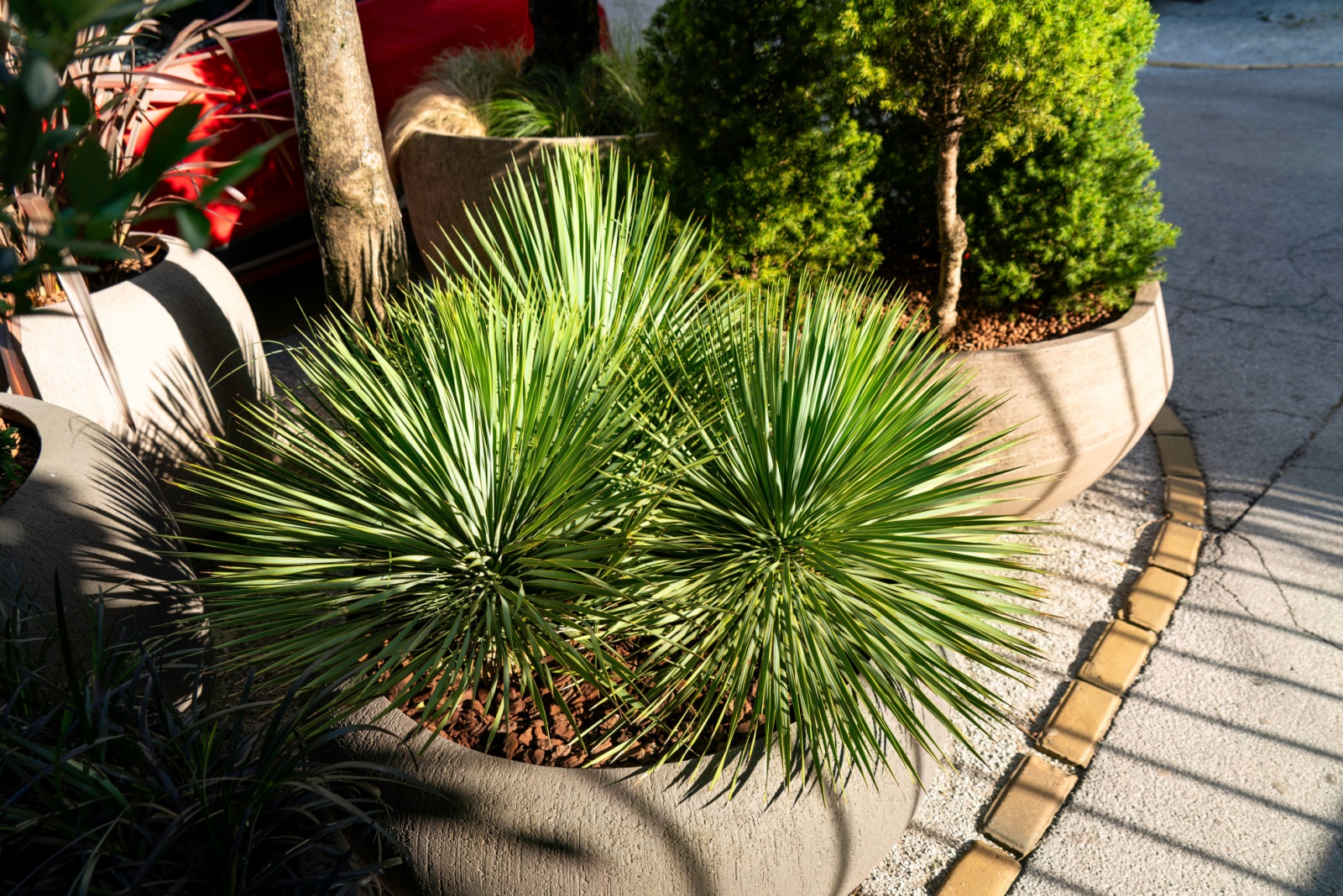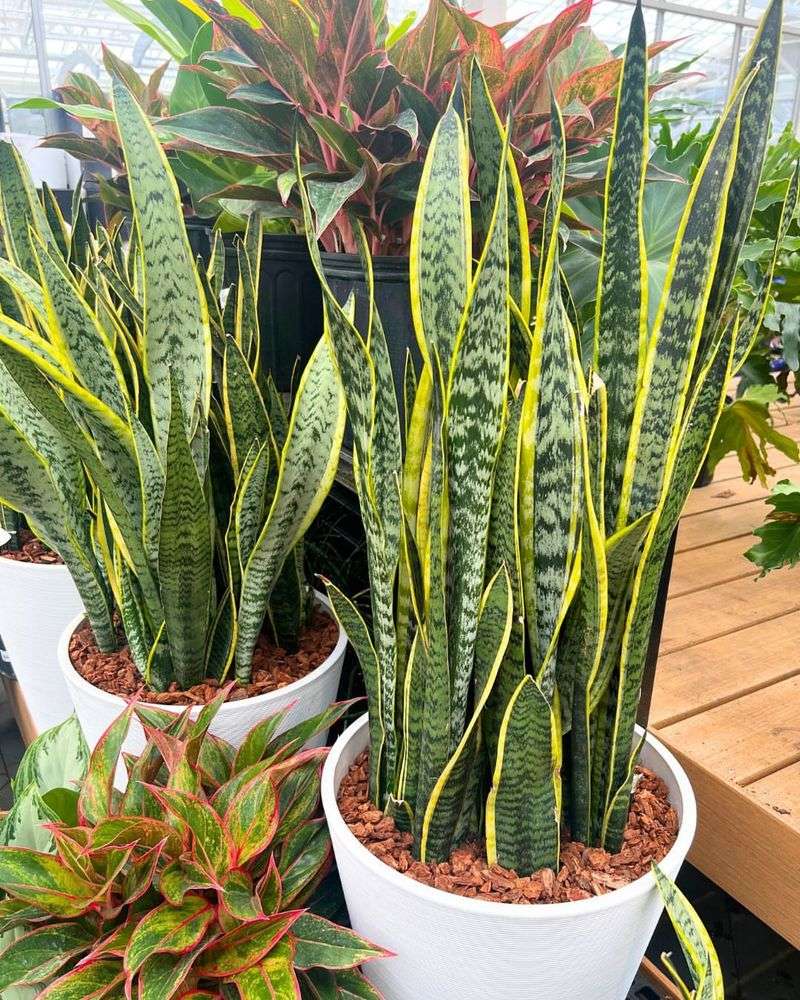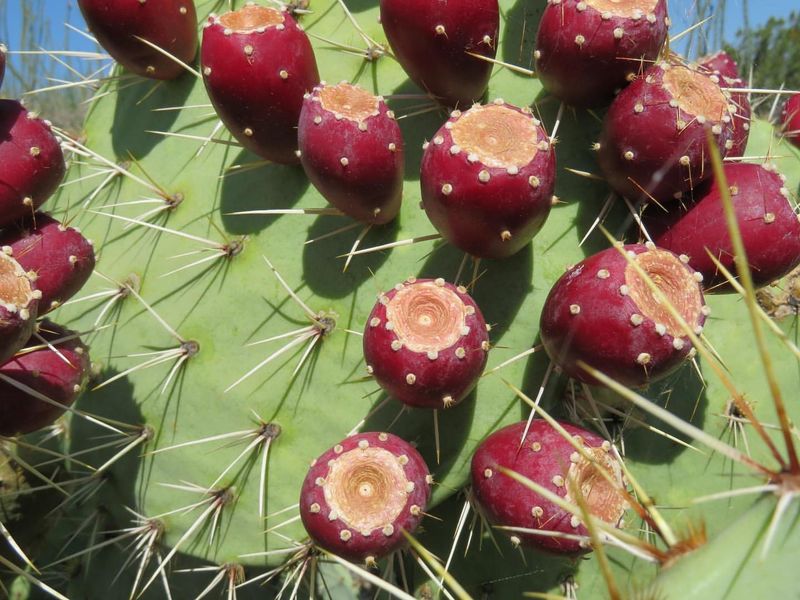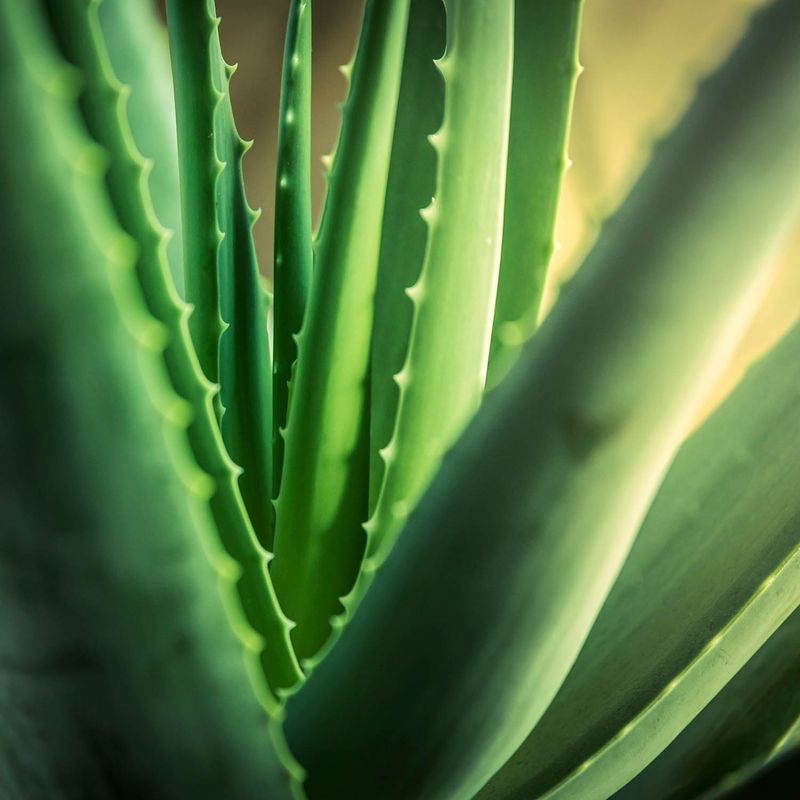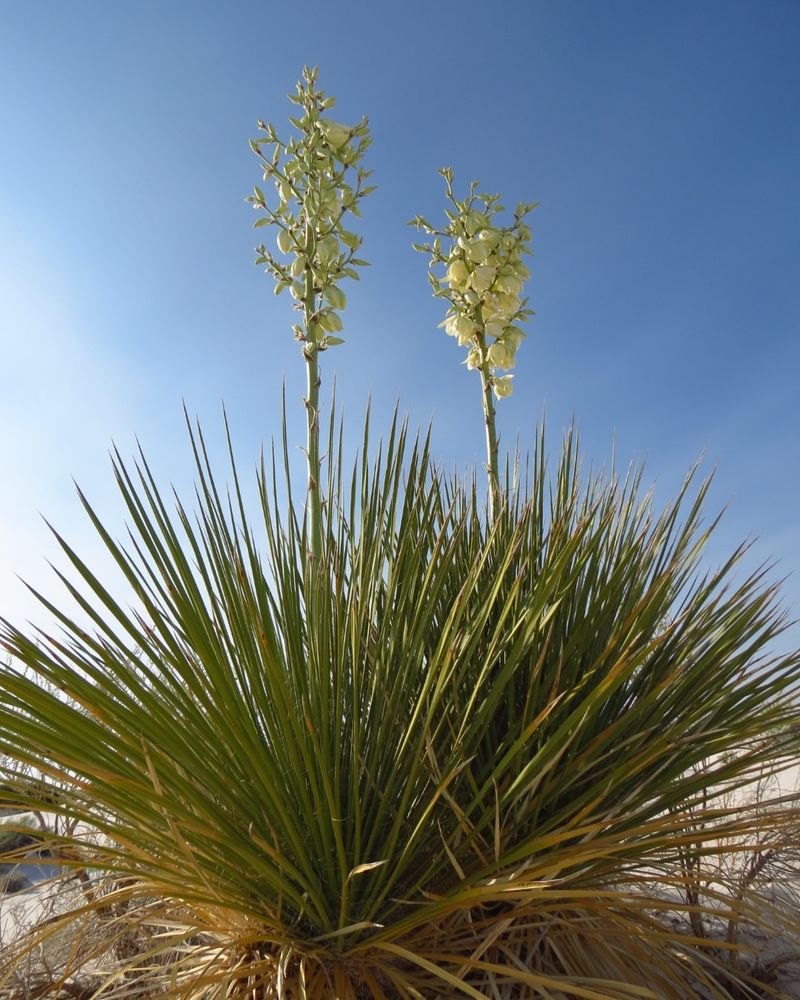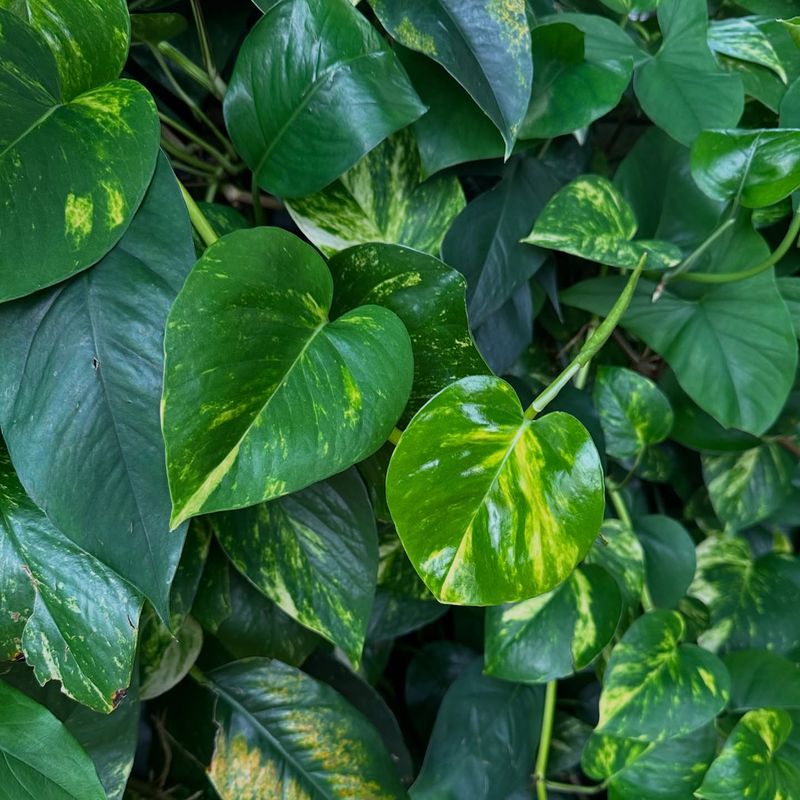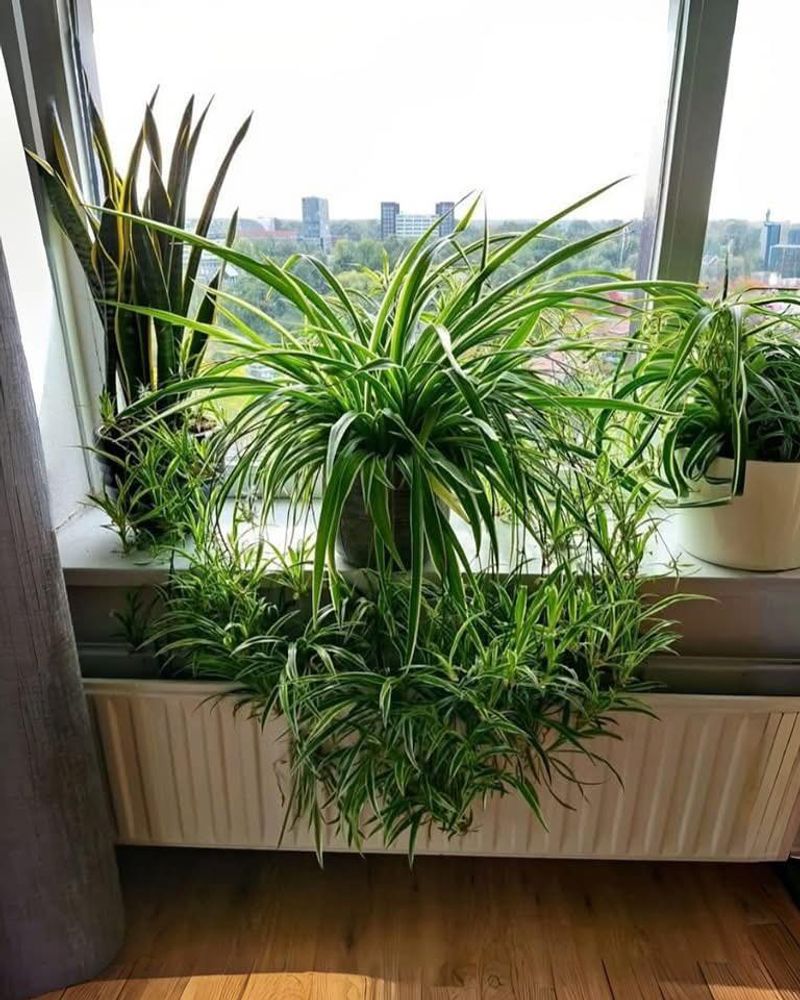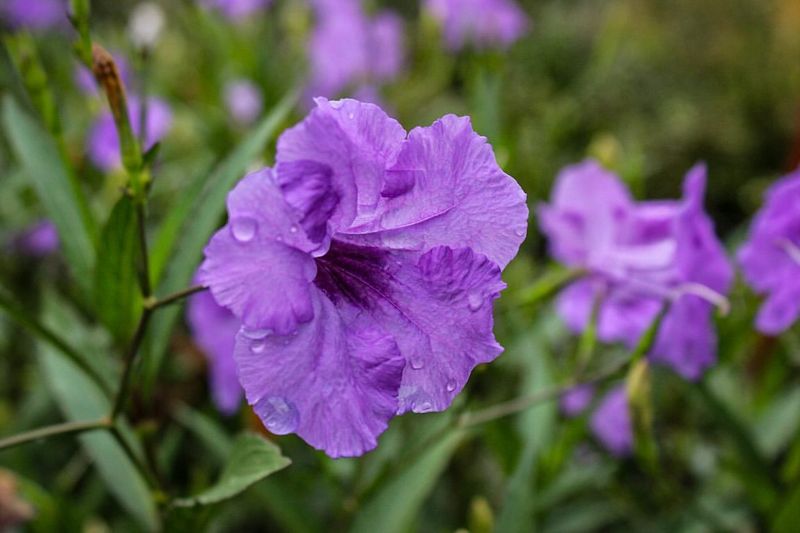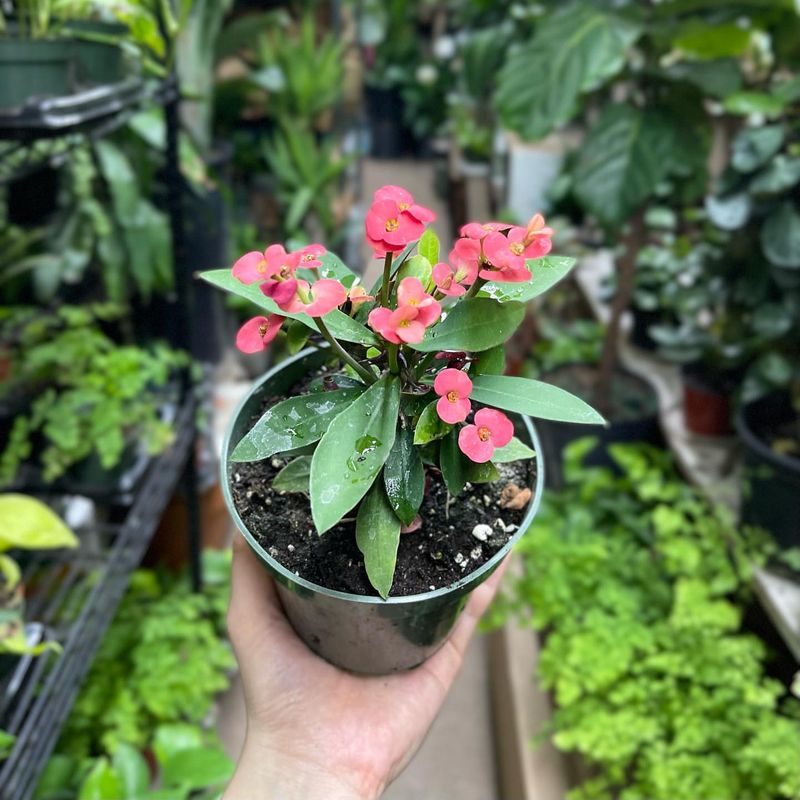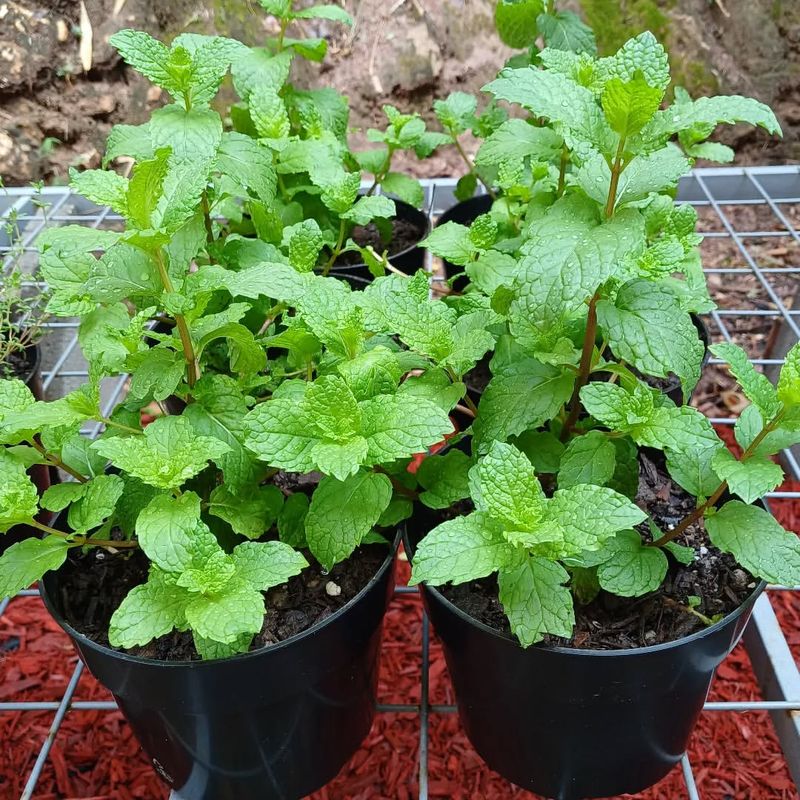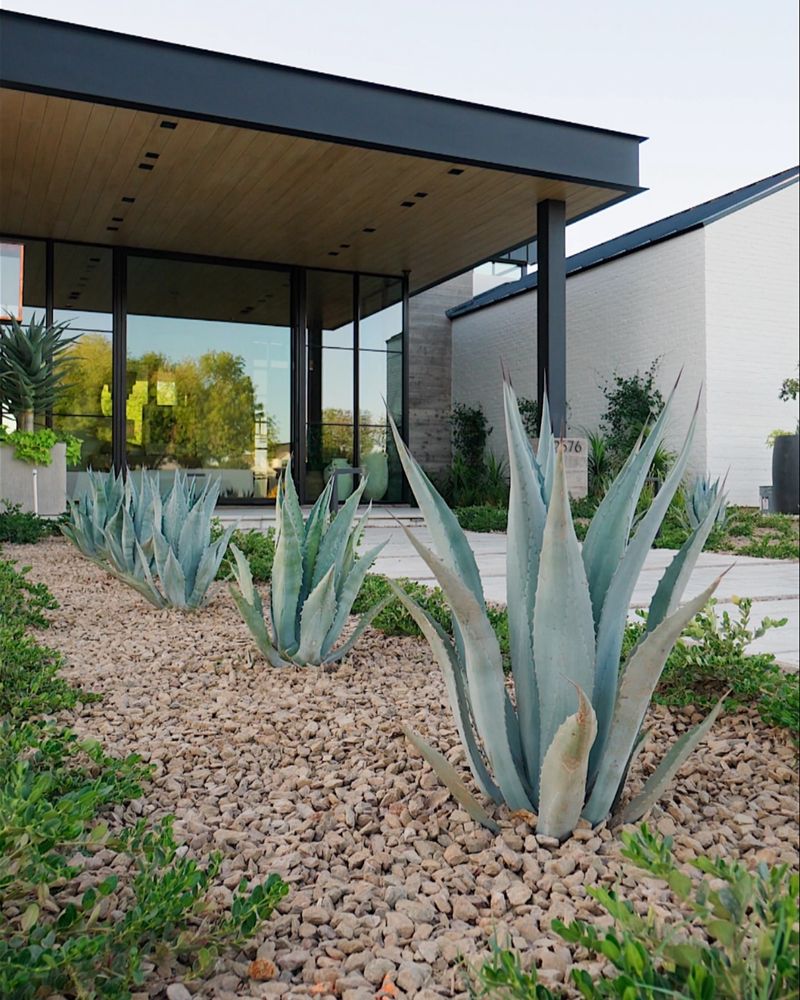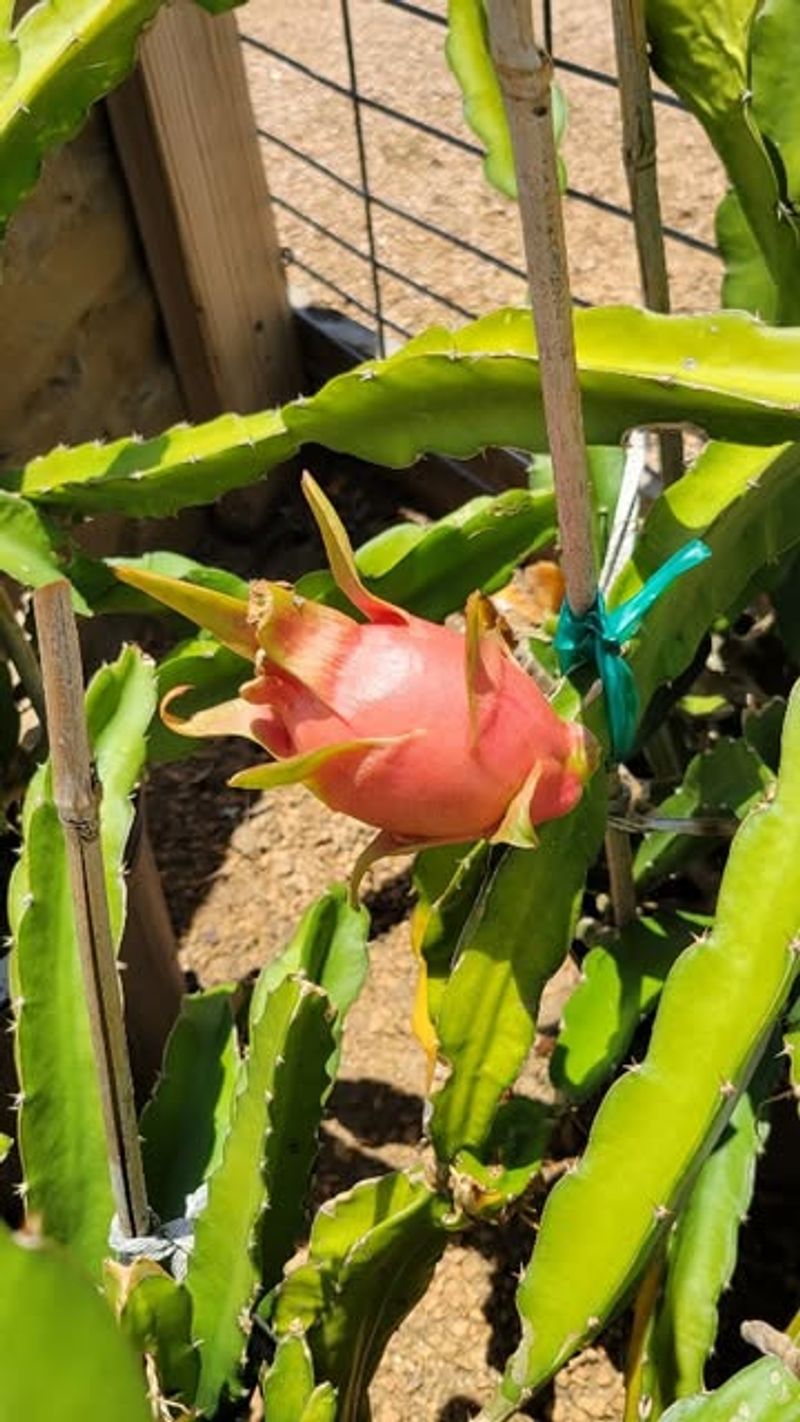Gardening in Texas can be tricky with the hot climate and occasional forgetfulness about proper planting techniques. Thankfully, Mother Nature has blessed us with some incredibly stubborn plants that refuse to give up, even when we mess up their rooting process.
These resilient green friends will thrive in Texas soil despite our gardening mistakes, making them perfect for beginners or busy plant parents.
1. Snake Plant (Sansevieria)
Snake plants are practically indestructible in the Texas climate. Just stick a cutting in some soil, and it’ll likely take root without much fuss.
These tough-as-nails plants can survive weeks of neglect and still look stunning with their tall, sword-like leaves. Their ability to purify air makes them doubly valuable for Texas homes dealing with seasonal allergens.
2. Prickly Pear Cactus
Native to Texas landscapes, prickly pear cacti practically plant themselves. Break off a pad, let it callus for a few days, then barely press it into sandy soil.
No need for deep planting or rooting hormone! The pads develop roots quickly in our hot Texas sunshine. As a bonus, you’ll get beautiful yellow flowers in spring and edible fruits in late summer.
3. Aloe Vera
Got an aloe pup that fell off the mother plant? Simply toss it on top of some soil in a sunny Texas window. The little guy will send down roots all by itself!
Aloe thrives in our state’s heat and forgiving of improper planting. Keep the soil on the dry side, and these medicinal plants will reward you with rapid growth. Perfect for soothing summer sunburns after those long days at Texas lakes.
4. Yucca Plants
Yuccas are Texas tough through and through. These dramatic plants will often root from just a stem cutting haphazardly stuck in the ground.
Many Texas gardeners have stories of discarded yucca bits sprouting new plants where they were tossed. Their deep root systems quickly establish even when planted incorrectly, making them perfect for our state’s unpredictable weather patterns. The striking architectural form adds Southwestern charm to any Texas yard.
5. Pothos (Devil’s Ivy)
Dropped a pothos cutting while repotting? Don’t bother hunting for it – it’s probably already growing somewhere else in your Texas home!
These vining plants root readily in water or soil with minimal effort. The hot, humid summers in parts of Texas create perfect conditions for pothos to thrive. Their trailing vines can brighten up any porch or indoor space, adding lush greenery with practically zero maintenance.
6. Spider Plant
Spider plants practically beg to propagate themselves by dangling baby plants with pre-formed roots. Even if you just lay these babies on soil without pressing them in, they’ll take hold.
Texas humidity often provides enough moisture for these aerial roots to establish contact with soil. The adaptable nature of spider plants makes them ideal for Texas homes where temperature fluctuations between air conditioning and outdoor heat can stress other houseplants.
7. Mexican Petunia
Mexican petunias spread like wildfire across Texas gardens, often without any help at all. Dropped stems frequently root themselves wherever they land.
Their purple blooms attract butterflies and hummingbirds, bringing extra life to your Texas garden. Hardy enough to withstand our summer heat waves, these plants actually benefit from our occasional flooding rains. Once established, they’ll return year after year with zero effort.
8. Crown of Thorns
Reminiscent of Texas’ rugged landscape, Crown of Thorns plants root easily from cuttings with minimal preparation. Simply let the cut end dry for a day, then place it in soil.
The succulent stems store enough water to sustain the plant while new roots form. Even in the driest parts of Texas, these plants thrive with little intervention. Their colorful bracts provide year-round blooms, brightening up patios during our mild winters.
9. Mint
Mint is famous for its take-over tendencies in Texas gardens. A carelessly tossed sprig often turns into a thriving patch without any proper planting.
The intense fragrance of mint seems even stronger in our hot Texas climate. Growing mint in containers is wise, as its aggressive rooting can quickly dominate garden beds. Perfect for adding to summer sweet tea or mojitos while relaxing on the porch during our long evenings.
10. Wandering Jew (Tradescantia)
Wandering Jew plants earn their name by rooting wherever their stems touch soil. Break off a piece and literally drop it on dirt – you’ll have a new plant.
The purple-striped varieties add striking color to Texas gardens and can handle our temperature swings. Morning dew is often enough moisture for these resilient plants to establish roots. They make excellent ground cover in shady spots where other plants struggle under our intense summer sun.
11. Agave
Agaves produce numerous pups around their base that root easily when separated. Simply place these babies on the soil surface in a sunny spot.
No need to bury them deeply – Texas sunshine will encourage quick rooting. These architectural plants are perfectly adapted to our state’s drought conditions. Their striking blue-green leaves create dramatic focal points in xeriscape gardens, requiring almost no supplemental water once established.
12. Dragon Fruit Cactus
Dragon fruit cuttings root remarkably easily in Texas conditions. Lay a segment horizontally on soil or stick it upright – either way, it’ll grow!
The subtropical regions of Texas provide ideal growing conditions for these unusual cacti. They require minimal water once established and can produce exotic, edible fruits within a year or two. Their night-blooming flowers are spectacularly fragrant additions to Texas evening gardens.

